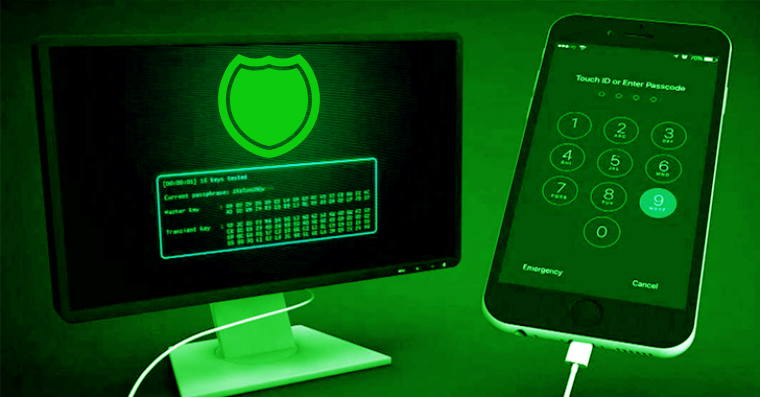OneDrive was responsible for 19% while 15% of malicious Microsoft Office documents were downloaded through Sharepoint in 2021.
A new report published by Atlas VPN has revealed startling new details about how widely used platforms like Google and Microsoft are exploited by attackers to spread malware.
The report should not come as a surprise because another report published last year revealed that nearly 43% of all malware downloads were hidden in infected MS Office documents.
Google Drive and Microsoft documents
The most surprising finding from Atlas VPN’s team is that in 2021 around 50% of malicious Microsoft Office documents out of all malware were downloaded from Google Drive, and 37% of all malware downloads on the platform were malicious office documents.
It is worth noting that Google Drive surpassed Microsoft OneDrive in terms of popularity in 2020, which caused 34% of all malicious office document download apps from this platform in 2020.
The research further revealed that MS OneDrive represented 19% of all malicious Office document downloads, while MS Sharepoint ranked third as users used it to download 15% of all malicious Office documents containing malware.
Google’s Gmail accounted for 4% of malicious office document downloads, and Box was used for 3% of office documents embedded with malware.
In the first quarter of 2020, out of all downloaded malware, the percentage of malicious office documents was 19%. This number increased to 46% in quarter two, while in quarter three and four of 2020, the percentage declines to 36% and 29%, respectively.
At the start of 2021, this percentage reached 43%, and by quarter four of 2021, the rate dropped to 37%.
Cybercriminals Abusing Cloud Applications
Atlas VPN’s cybersecurity writer William S stated that cybercriminals are abusing cloud applications for “personal benefits” since these services are becoming more popular among users lately.
Attackers can spread malware and steal data by targeting unsuspecting users with malicious documents. Securing your cloud apps with user authentication and threat monitoring tools will help mitigate malware attacks.
William S – Atlas VPN
According to researchers, because these services are free, cybercriminals create accounts without any restriction and upload files containing malware without any check. Moreover, since these files are easily shareable with the public or sent to specific victims the infraction rate has skyrocketed.
The data released by Atlas VPN is based on a report from Netskope Threat Lab Cloud and Threat, January 2022 Edition. This report covers different office documents from almost all platforms, including MS Office 365, PDFs, and Google Docs.
More startling reports on Hackread.com
70% of the entire US population is now on Facebook
47% of online MongoDB databases hacked demanding ransom
400% increase in cryptomining malware attacks against iPhones
A researcher found 70% of Wi-Fi networks in Tel Aviv are hackable
Fake reviews & third-party apps cause 50% of threats against Android









